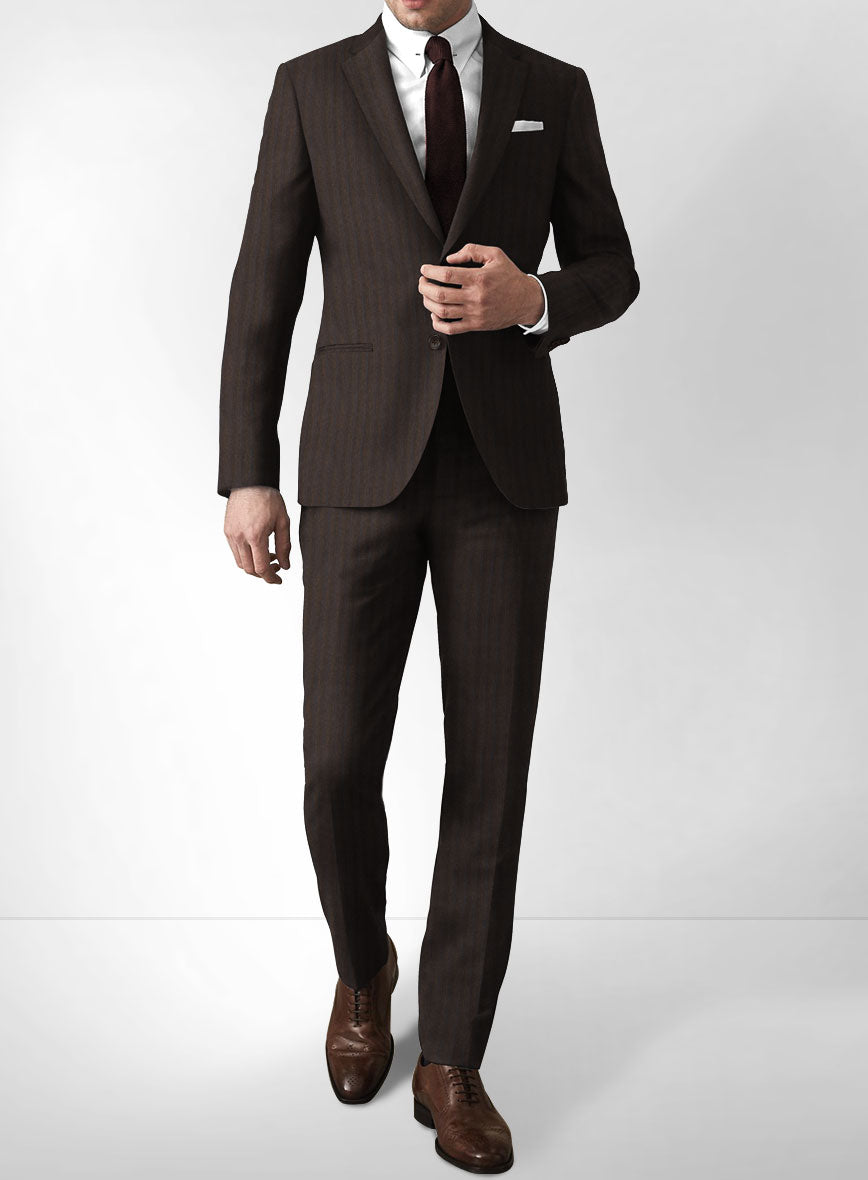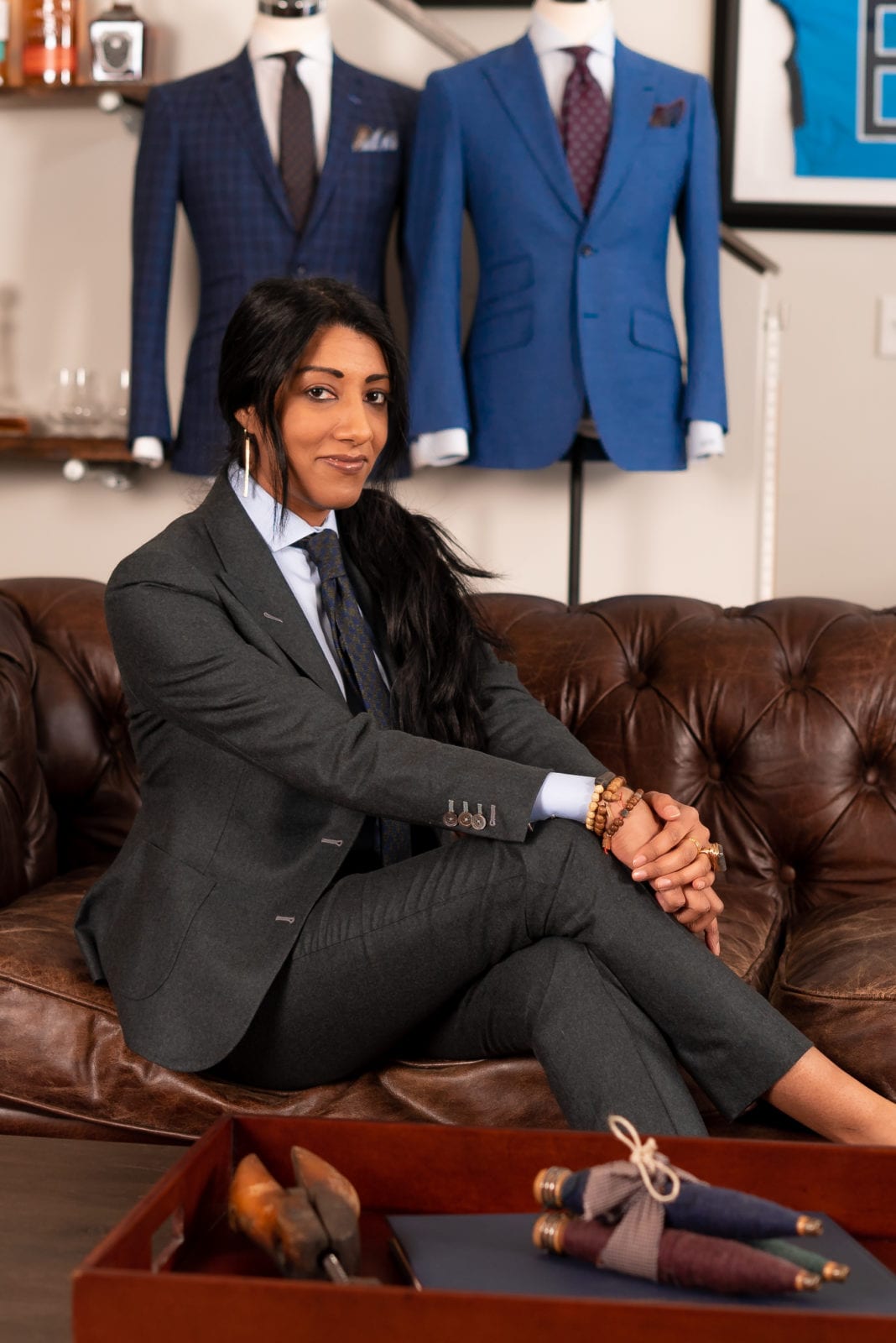Custom Suits Perth: Stick Out with a Tailor-made Suit
Custom Suits Perth: Stick Out with a Tailor-made Suit
Blog Article
Understanding the Tailoring Refine: From Textile Selection to Final Suitable for the Perfect Closet
The customizing process is a complicated interplay of art and scientific research, beginning with the critical decision of fabric selection and culminating in the accurate modifications of last installations. Each fabric type brings special top qualities that affect not only the aesthetic appeal but also the garment's durability and viability for different events. Comprehending the subtleties of customizing strategies can boost one's closet to extraordinary degrees of class. As we check out these aspects additionally, one need to think about exactly how even the smallest details can substantially influence the general result of one's personal style.
Relevance of Textile Choice
Choosing the right material is important in the customizing procedure, as it directly affects the convenience, resilience, and overall visual of the final garment. The selection of textile sets the structure for the garment's efficiency, functionality, and design. Different textiles possess one-of-a-kind properties, such as breathability, stretch, and weight, which can dramatically impact how the garment drapes and fits the body.

A tailored item made from a suitable fabric not only showcases workmanship yet additionally boosts the user's self-confidence. Understanding the subtleties of textile choice is critical for any kind of customizing endeavor. It ensures that the last product not only satisfies the aesthetic needs of the client but additionally aligns with useful demands, thereby attaining a harmonious balance in between type and function in the customized closet.
Types of Fabrics and Their Usages
Comprehending the various kinds of textiles available is essential for making educated decisions throughout the customizing procedure. Each fabric has distinct characteristics that determine its suitability for details garments and events.
Cotton, recognized for its breathability and softness, is optimal for casual wear and summer apparel. Its convenience allows it to be customized into every little thing from t-shirts to gowns. Woollen, on the other hand, is preferred for its heat and structure, making it an exceptional option for official fits and outerwear. Its natural flexibility helps garments preserve shape gradually.
Silk emanates deluxe and is lightweight, making it ideal for eveningwear and delicate shirts; nonetheless, it calls for careful handling due to its frailty. Linen, with its textured surface, is a preferred selection for cozy environments, providing a crisp and airy feel, but it wrinkles easily, which may affect the garment's appearance.
Synthetic fabrics, such as polyester and nylon, offer sturdiness and resistance to creases, making them appropriate for daily wear and active apparel. Recognizing these textile kinds and their residential properties enables for much better decision-making, making sure that each customized piece not only fits well but also straightens with the desired objective and event.
The Tailoring Methods Described
The art of tailoring relies upon a variety of strategies that change material into well-fitted garments. Central to this process is pattern drafting, where a dressmaker produces themes based on the client's dimensions and preferred style. This initial action makes sure that the garment will fit the wearer effectively prior to any type of cutting takes place.
When patterns are established, reducing methods enter into play. Accuracy is vital as mistakes can lead to misfitting garments. Tailors often make use of different reducing techniques, such as single-layer cutting for detailed styles and multiple-layer cutting for performance on conventional patterns.
Basting is another crucial method, allowing dressmakers to temporarily sew fabric items together for an initial fitting (top tailor perth). This approach provides the possibility to evaluate the drape and total silhouette prior to final sewing
Seaming techniques, including flat-felled joints and French seams, improve the garment's resilience and visual allure. Tailors likewise use techniques such as interfacing and cushioning to provide structure and form to particular locations, like collars and shoulders.
Lastly, completing strategies, including hemming and edge ending up, ensure the address garment's durability while giving a polished look. With each other, these strategies form the backbone of efficient customizing, resulting in splendid, tailor-made garments.

Suitable Modifications and Considerations
After the initial customizing methods have been used and the garment is built, fitting adjustments come to be vital to achieving the excellent fit. These changes deal with various facets of the garment, guaranteeing it contours to the wearer's body form and improves overall appearance.

The surge of Read More Here pants is an additional essential factor; it should rest comfortably over the hips without creating pain, permitting convenience of activity. Hemming sizes for both trousers and skirts must show the wearer's preferred style while respecting percentages.
In addition, focus must be provided to the back of the garment, guaranteeing that there are no unpleasant pulls or excess fabric - tailor perth. Each modification should be meticulously taken into consideration, as also minor alterations can significantly influence the general fit and aesthetic of the customized item, ultimately leading to a closet that radiates confidence and refinement
Keeping Your Tailored Clothes
Always adhere to the care tag instructions, which may advise dry cleansing for fragile materials or equipment washing for even more durable materials. Stay clear of frequent laundering, as this can use down the textile and alter the garment's form.
Storage space is equally crucial; usage padded wall mounts for coats and coats to preserve shoulder framework, and shop trousers folded nicely or hung to avoid creasing. Safeguard garments from straight sunshine, which can fade colors and damages fibers.
In addition, routine examinations for small repairs can prevent larger issues. Look for loose switches, tearing joints, or indicators of moth damages, resolving these troubles without delay to keep the garment's honesty.
Last but not least, take into consideration seasonal sites turning. Using tailored pieces in moderation permits materials to recuperate, prolonging their life expectancy. By executing these maintenance strategies, you can make certain that your customized garments continue to be as excellent as the day you first wore them, boosting your excellent closet for many years to come.
Conclusion
The customizing procedure, including fabric option, knowledgeable strategies, and exact fitting changes, plays a vital function in creating garments that boost both convenience and style. Each phase contributes to the overall performance of the end product, ensuring that apparel not just fits well but additionally shows specific identity. Understanding the relevance of maintenance expands the life of tailored garments, strengthening their value in a well-curated closet. An extensive approach to tailoring finishes in a refined and certain appearance.
Report this page